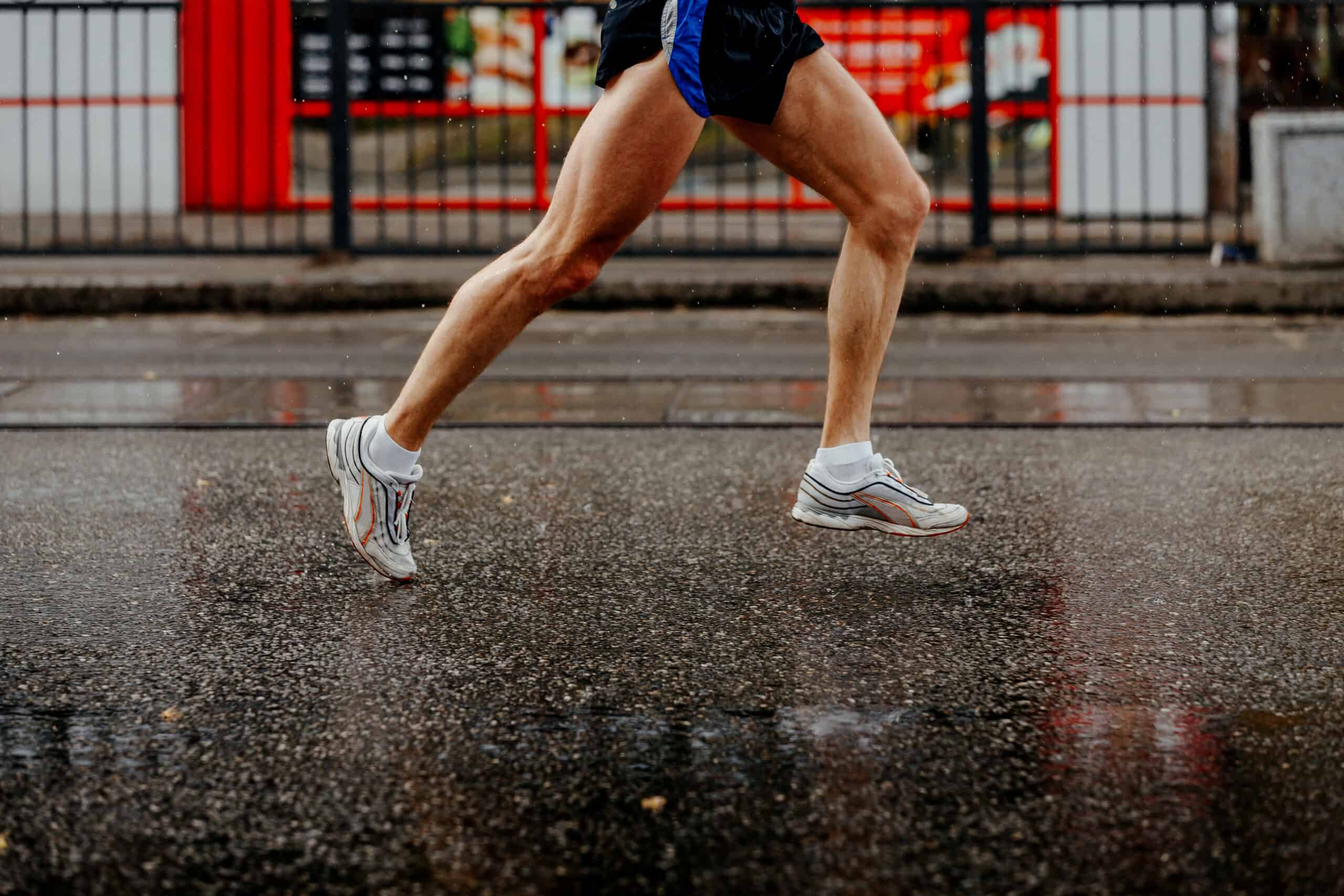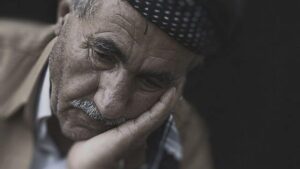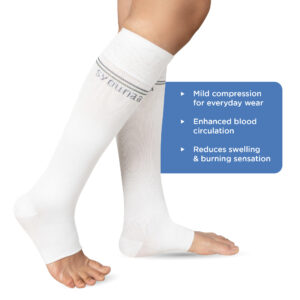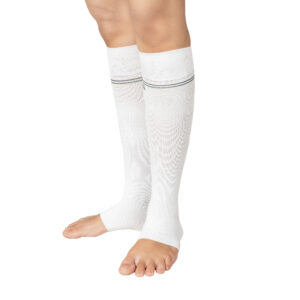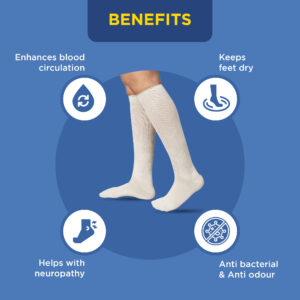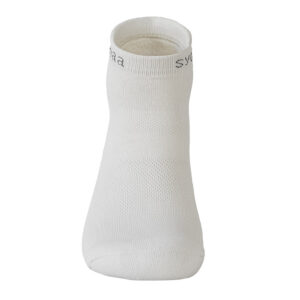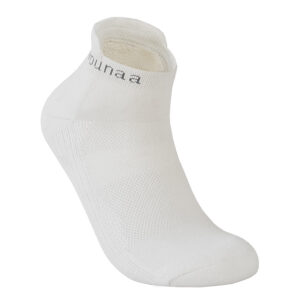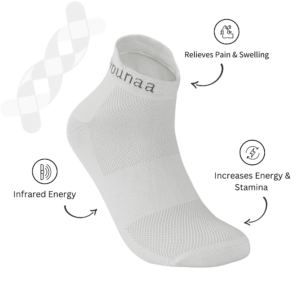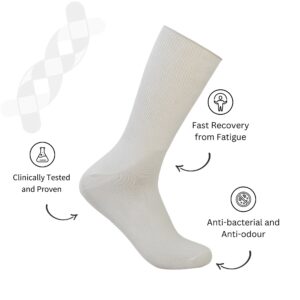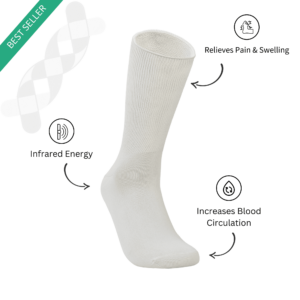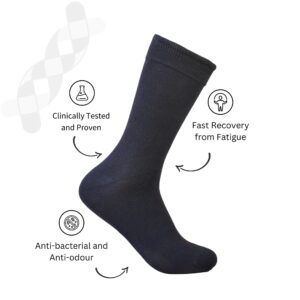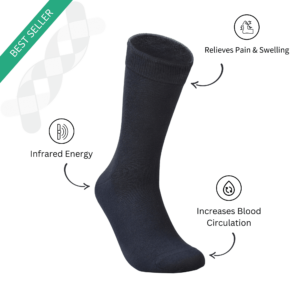Monsoon and feet are not the best combinations in the world. The muddy water is ridden with bacteria, and we have no other option than trudging through it. That’s when all that dirty water seeps into our shoes, and our skin absorbs it. Monsoon is the worst time for your feet, and if you have diabetes, there is nothing worse! Let’s look at a few monsoon foot care tips that will save your feet.
Nail Care
The best place for dirt to accumulate is under your nails. So, keep them short and do not round them at the edges. Rounded nails tend to grow inwards, which may lead to infection. The rainwater will only aggravate the contamination.
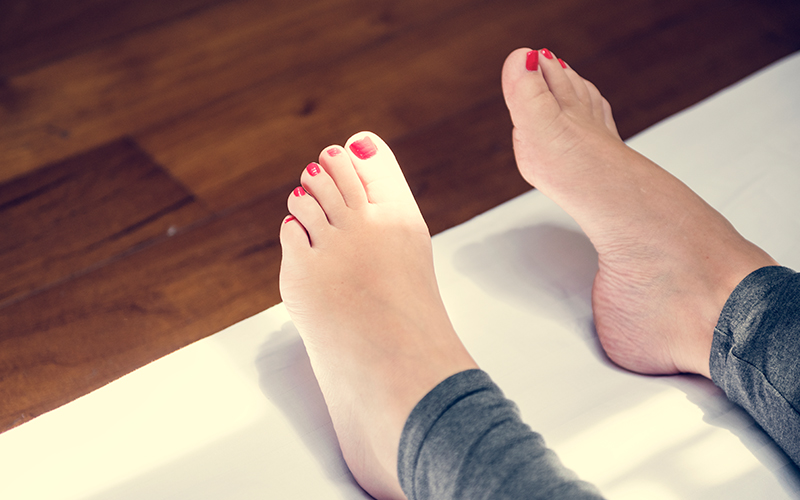
Pedicures are great, but the monsoon isn’t the best time for the salon. Most salons use the same equipment on every foot, which increases your chances of getting a foot infection. You can give yourself a pedicure at home, with clean towels, instead.
Clean and Dry Feet
Wet feet attract a host of different bacteria and fungal infections like Athletes Foot. We know how hard it is to keep your feet dry while traveling during the monsoons, but if you clean and dry your feet right after you reach home, you can reduce the chances of infection. You can even use an anti-bacterial/anti-fungal talcum powder on your heel and between your toes after drying your feet and before leaving your house. The talcum powder will provide a temporary layer between your feet and the dirty water.
If you are on the go, you can use wet wipes for a quick fix. Wipe your feet when you get into the car and wipe your sandals to avoid infection.
Itchy Feet? – Here’s What Need to Do
Are your feet itchy from the prolonged exposure to dirty rainwater? Your feet usually itch because of infection and by itching it, you’ll only irritate your feet further. It may even lead to cuts and can cause the infection to worsen. Instead of itching, you can wash your feet in water with an antiseptic solution, dry them thoroughly and add talcum powder. Talcum powder will reduce the itchiness and allow the infection to subside on its own.
If you have diabetes, wait a day so that your body can fight off the infection naturally. However, since blood sugar compromises your immune system, we urge you not to wait for longer than a day. If the infection does not heal within a day, you must consult a doctor as early as possible.
Moisturise
We don’t often think of moisturising during the monsoons. Everything is so wet around us. Won’t moisturisers make things worse? Trust us; an excellent natural moisturiser can keep your feet soft and supple even during the monsoons. Before going to bed, use a mild moisturiser, like a 100% natural coconut oil/almond, oil on your feet. Rub it gently on the soles of your feet, heels and between your toes. An excessive amount of moisturiser can cause infections too, so make sure the cream is completely absorbed before you turn off the light and go to bed.
Footwear
Here’s the thing, under most circumstances, we’d suggest wearing covered shoes. In fact, in our diabetic foot care articles, we always ask you to cover your feet from the ankles below. During the monsoon, however, you get to bend the rules a little. Closed shoes trap the moisture, and it’s worse when water seeps into them. In short, it’s the worst possible environment for your feet. So, instead of closed shoes, wear open rubber shoes. Rubber isn’t particularly breathable, but since they are open, it’s easier for you to clean your feet.
Try not to stay in muddy shoes for too long. Keep an extra pair of clean shoes in the office along with a couple of Syounaa socks. Make sure to clean your feet and dry them thoroughly before wearing clean footwear. The next time you must step into the rain, rinse your rubber shoes with antiseptic water and wear them. Your feet will thank you for this.
Just because the weather is terrible outside, does not mean your feet have to suffer. Right? Follow these simple monsoon care tips and notice how your feet remain healthy against all odds.

